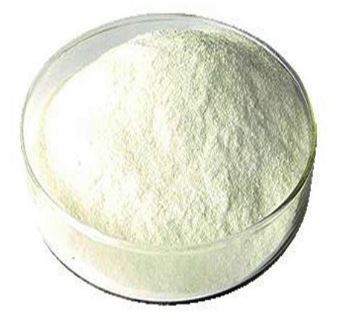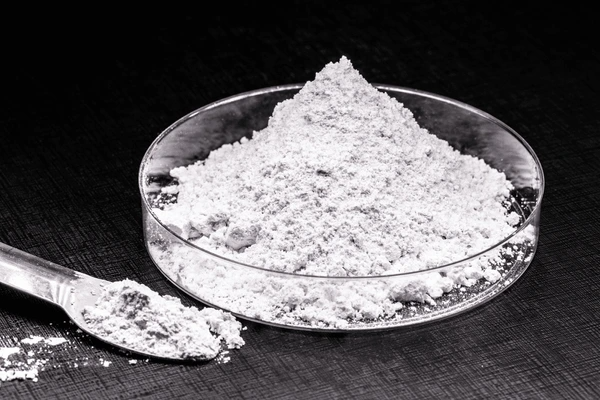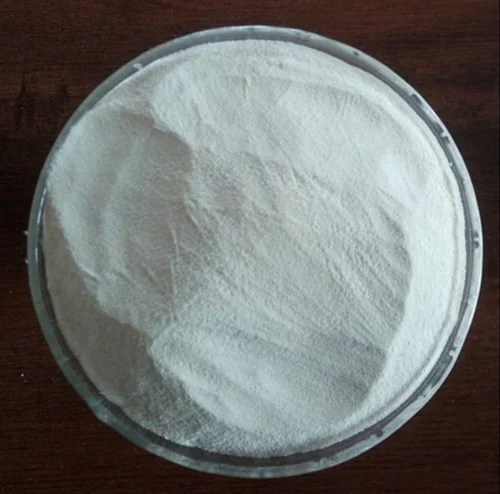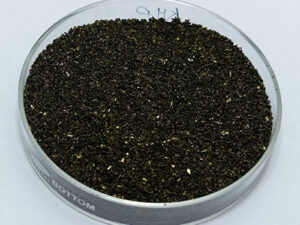Description
Sodium Bisulfite: A Versatile Chemical with Wide-Ranging Applications
Sodium bisulfite (NaHSO₃), also known as sodium hydrogen sulfite, is a chemical compound that plays a vital role in a surprisingly diverse range of industries. While its name might not be instantly recognizable, its impact is felt in everything from food preservation to water treatment. This article explores the properties, applications, and potential considerations surrounding this versatile compound.
Understanding Sodium Bisulfite
At its core, sodium bisulfite is a white, crystalline solid with a slightly sulfurous odor. It’s an acid salt formed by the partial neutralization of sulfurous acid with sodium hydroxide or sodium carbonate. This unique chemistry gives it powerful reducing, bleaching, and antimicrobial properties, making it valuable in numerous applications.
Applications Across Industries
- Food Preservation: One of the most significant uses of sodium bisulfite is in the food industry. It acts as a preservative, preventing spoilage and discoloration in fruits, vegetables, and processed foods. It inhibits the growth of bacteria, yeasts, and molds, extending shelf life and maintaining the desired color and texture of food products. For example, it’s often used to prevent browning in dried fruits, potato products, and wines.
- Water Treatment: Sodium bisulfite is a valuable tool in water treatment plants. It’s used to dechlorinate water, removing excess chlorine after disinfection processes. This is crucial to prevent the formation of harmful byproducts and ensure the treated water is safe for consumption or discharge. Its reducing properties allow it to react with chlorine, effectively neutralizing its oxidizing power.
- Textile Industry: The textile industry utilizes sodium bisulfite as a bleaching agent for textiles and as a reducing agent in dyeing processes. It helps to remove unwanted colors and impurities from fabrics, preparing them for dyeing with vibrant and lasting colors.
- Paper and Pulp Industry: In paper manufacturing, sodium bisulfite assists in the pulping process. It helps to break down lignin, a complex polymer that binds wood fibers together, making it easier to separate the fibers for papermaking. It also contributes to the bleaching of wood pulp, resulting in whiter and brighter paper products.
- Photography: Sodium bisulfite plays a crucial role in photographic development. It acts as a preservative in photographic developers, preventing oxidation and ensuring the stability of the developing solution. It also helps to control the rate of development and create desired image tones.
- Fermentation and Brewing: Sodium bisulfite is occasionally used in brewing to control wild yeast and bacteria that can spoil beer. Its antimicrobial properties help to create a clean and stable fermentation environment. However, brewers generally use it sparingly due to potential flavor alterations.
Safety Considerations
While sodium bisulfite is widely used, it’s important to acknowledge potential safety considerations:
- Allergies: Some individuals are sensitive to sulfites, including sodium bisulfite. Allergic reactions can range from mild skin irritation to severe anaphylaxis. Food products containing sulfites are typically required to be labeled, allowing sensitive individuals to make informed choices.
- Environmental Impact: Large-scale industrial use of sodium bisulfite can potentially impact the environment if not managed properly. Wastewater containing high concentrations of sulfites can deplete oxygen levels in aquatic ecosystems. Therefore, proper disposal and treatment of sodium bisulfite-containing waste are essential.
- Handling Precautions: When handling sodium bisulfite in its concentrated form, it’s important to take necessary precautions. Wear appropriate protective gear, such as gloves and eye protection, to prevent skin and eye irritation. Ensure adequate ventilation to avoid inhaling dust or fumes.
Conclusion
Sodium bisulfite is a powerful and versatile chemical compound with a diverse range of applications across various industries. From preserving food and treating water to bleaching textiles and developing photographs, its unique properties make it an indispensable tool. As with any chemical substance, responsible handling and awareness of potential risks are crucial to ensure its safe and effective use. Understanding the properties and applications of sodium bisulfite provides valuable insight into the chemical processes that underpin many aspects of modern life.










Reviews
There are no reviews yet.